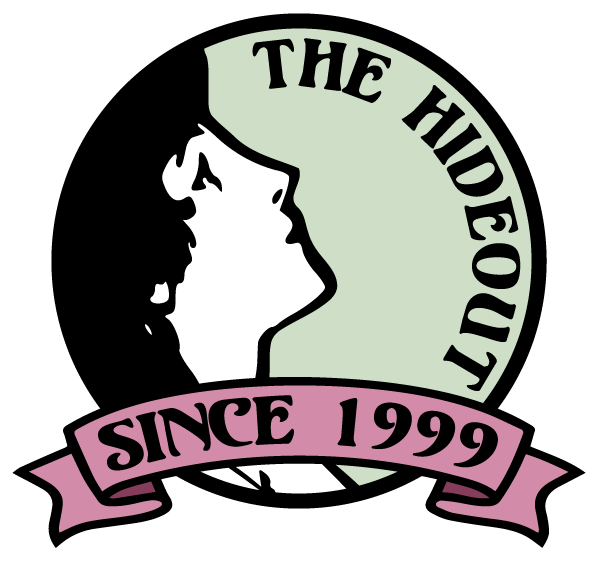When preparing to direct Kenjutsu: The Art of the Sword, the first thing Shannon McCormick and I did was discuss what makes the samurai genre unique or distinct. What would we need the cast to do to make an audience member feel like they are watching the kind of story that Akira Kurosawa might have intricately filmed and edited?
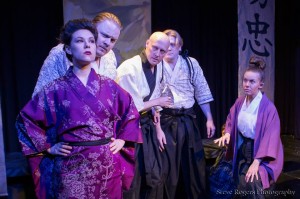
Photo by Steve Rogers Photography
For me, one concept that seemed distinctly Japanese, that is certainly reflected in the films, is precision. Precision of movement. Precision of lack of movement. The characters in the classic Kurosawa films are very exacting about their physicality–how they hold their bodies–and so much is done with stillness, the tension that builds up when characters are still, and then the explosion of precise movement that breaks that tension. Every movement, and lack of movement, is executed with dedication and purpose.
Another element that we know defines the samurai genre is sword fighting. If there’s one thing these films are associated with, even amongst people who know nothing about the genre, it’s swords. The samurai had a very single-minded, absolute dedication to kenjutsu–the art of the sword–and if we were going to improvise samurai epics, we would need to know something about swordsmanship.
Flash-Forward One Month:
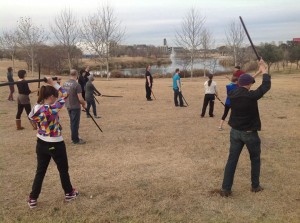
The Kenjutsu cast is assembled in a field like an army, all holding bokken–wooden practice swords. Our instructor has us pair off and face each other, and he leads us through this exercise: While facing our partner, we move our bokken into one of the four positions we’ve learned (high, middle, low, side), and at the same time, in rhythm, our partner does the same. They don’t have to pick the same position, they only need to move at the same time. If I move, my partner moves. If my partner moves, I move. It is remarkably similar to improv exercises we teach Level 1 students at The Hideout…except there are swords. The key to both exercises is to remove judgement from the movements. The muscles move the body before the brain has a chance to get in the way.
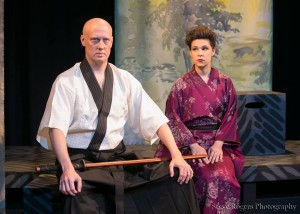
Photo by Steve Rogers Photography
As I am processing the similarities between improv and swordsmanship, the instructor stops us to demonstrate with his TA.
“Watch this,” he says. “We’re going to move in rhythm.”
He claps out a rhythm and then they start the exercise. His TA moves, and he moves at the same time. His TA moves again, and he moves again. His TA moves a third time, and he stays still, holding his bokken in the same position. His TA moves a forth time and…he stays still again.
“The movement of not-moving is still movement.”
My brain explodes.
Just like when we improvise, the choice to not move (or not speak) is completely valid provided it is a choice. Even more than a choice, the goal is for it to be a sub-conscious instinct that moves your body before your conscious brain gets a chance to second-guess the impulse and mess things up.
In improv, as in swordsmanship, we want to eliminate lag–that time between deciding to move and actually moving.
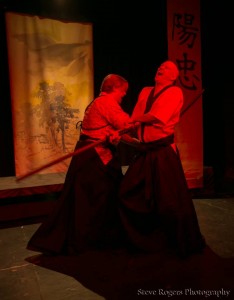
Photo by Steve Rogers Photography
In improv, you can see when someone hesitates. Their foot twitches and starts to step forward but they hold themselves back. They fight their instinct to enter the stage, and they don’t edit a scene that needed to end. Or they don’t support the scene that needed help.
In swordsmanship, you can see when someone hesitates. They second guess their instinct to move. They don’t draw their sword. Or they don’t step to the side. And they die.
Swordsmanship is improv. And improv is swordsmanship…with less blood.
Kenjutsu: The Art of The Sword runs Saturdays at 8 and Sundays at 7, through April 19th.
